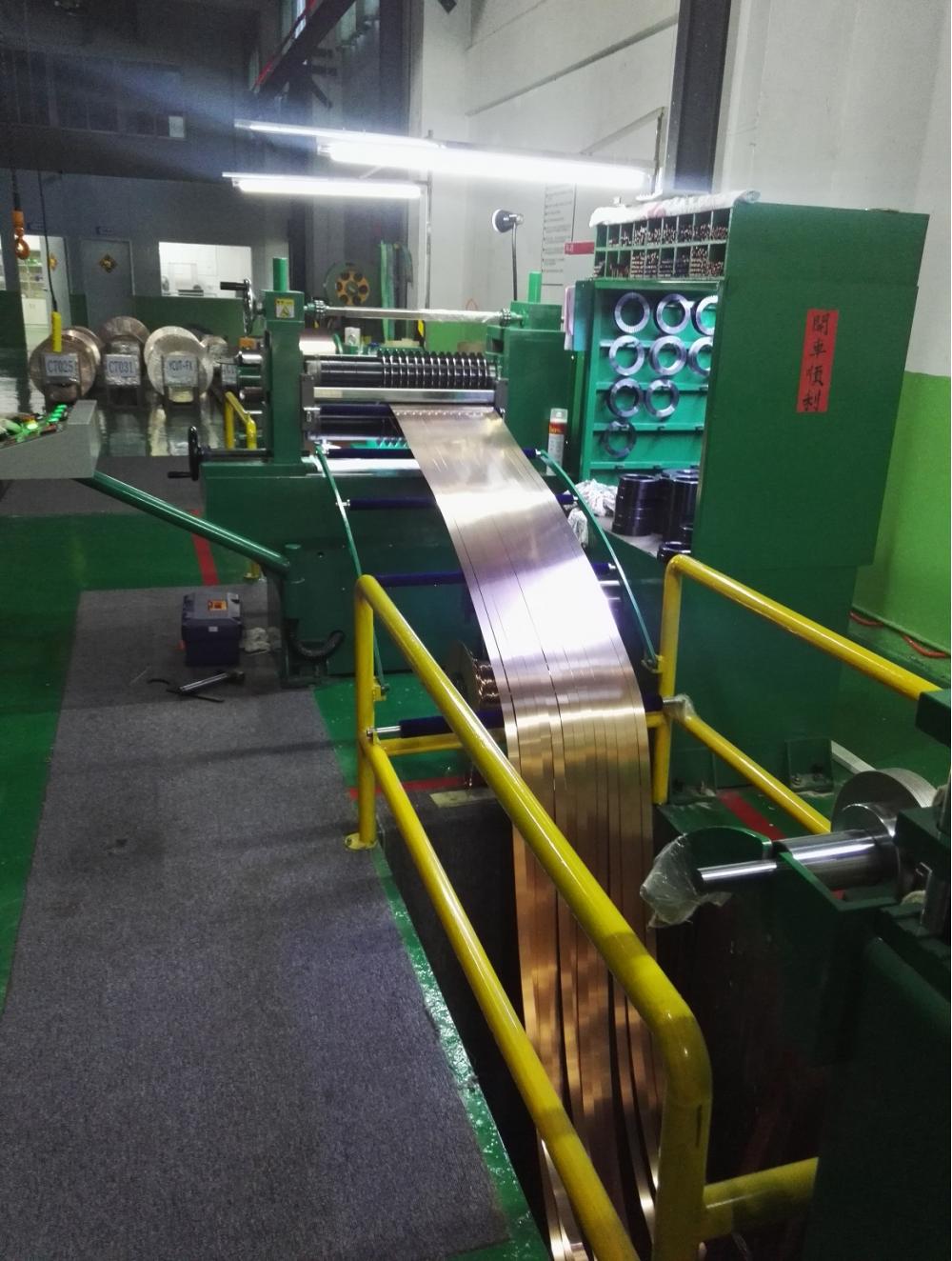Mercury, also called mercury is the only metal which is liquid at ordinary temperature, having a silver-white metallic luster, m.p. -38.87 deg.] C, boiling point 357.25 deg.] C, density of 13.596 g / cm 3. The average content of mercury in the earth's crust (ie, Clark's value) is about 7.7*10 -6 % by weight, while the rich integrated deposits account for only about 0.02% of the total content.
Mercury ore is generally calcined at a temperature of about 700 to 800 ° C, and the mercury is directly reduced to a gaseous state and then condensed into liquid mercury. The smelting process is relatively simple and the production cost is also low. Therefore, for the treatment of mercury ore, the method of roasting and smelting mercury by ore (or pre-selected) has been the main method. The main industrial mineral cinnabar of mercury, with high density and good floatability, is suitable for re-election or flotation. In recent decades, the ore dressing of mercury ore has gradually developed due to the decline in the grade of ore processed, the increase in the number of complex ores, the changes in the structure of mercury products, and the need for energy conservation and environmental protection. Some major mercury-producing countries, such as the Soviet Union, the United States, Japan, and Canada, have successively established mercury ore dressing plants of different sizes, and the ore concentrates are sent to a distillation furnace or a multi-hearth furnace to roast mercury. At present, there are three main methods for producing mercury in China: (1) roasting of raw ore shaft furnace (also known as blast furnace); (2) roasting of raw ore boiling furnace; (3) roasting of concentrate ore after ore processing. A lot of research work has been done on wet smelting of concentrates, and once used for small-scale production.
The ore dressing of mercury ore in China has mainly been artificial hand selection for a long time, and mechanical dressing was only started in the late 1950s. And used in industrial production. At present, there are more than ten mercury ore dressing plants in China, and the amount of ore processed accounts for more than 50% of the total mercury ore processing capacity in the country. Some small-scale mercury mines have a concentrator. There are only a few small mines or scattered mines in large mines. Most of the direct ore direct smelting process. Most of the concentrators are single flotation and heavy-floating combined processes, and only hand-selected in individual mines.
The mercury ore has the following advantages over the direct ore smelting treatment: (1) the ore containing water or mud, or crushed ore, directly into the furnace for smelting, the technical and economic indicators are not good, and the ore processing can be more effectively recovered. Utilization; (2) direct smelting of raw ore will produce a large amount of mercury-containing waste residue, waste gas and waste water, which will seriously pollute the environment and endanger human health. By beneficiation treatment, more than 90% of the tailings (which account for the original ore) can be discarded. The concentrate smelting is less, the amount of mercury-containing waste residue, waste gas and waste water is also small, which is convenient for grievance; (3) Mercury ore for recovering elements can be comprehensively recovered through beneficiation; (4) Heavy-floating combined plant can simultaneously produce two products of cinnabar and mercury concentrate, and can adjust its production ratio according to market demand; (5) Beneficiation - The distillation process is lower than the total energy consumption of the direct ore direct smelting process; (6) After the mine resources are depleted and the production is stopped, the reuse value of the plant is higher than that of the smelter. However, through ore dressing, the cost of mercury is generally higher than that of direct ore smelting. A rough comparison of the tertiary production process of mercury in Guizhou is listed in the table below.
 Comparison of three production processes in Guizhou mercury mine | |||||||||||
Production Process | Raw ore grade Hg,% | Total recovery rate of raw materials | Can eliminate | Smelting mercury-containing exhaust emissions (relative quantities) | Ore processing and processing fee (relative number) | ||||||
Coal consumption, kg / T ore | Power consumption | Total standard coal, kg/t ore | |||||||||
raw coal | Standard coal | kW·h/t ore | Standard coal, kg/t raw coal | Exhaust gas volume | Exhaust gas containing mercury | Discharged water | |||||
Raw ore blast furnace | 0.18 | 90.7 | 39 | 32 | 7.57 | 3.06 | 35.06 | 12.3 | 0.69 | 8.43 | 0.5 |
Raw ore boiling furnace | 0.15 | 91.92 | 76 | 62 | 14.38 | 5.81 | 67.81 | 4.24 | 1.09 | 4.64 | 0.9 |
Flotation-distillation | 0.169 | 91.55 | 11 | 9.3 | 46.97 | 18.98 | 28.28 | 1.1 | 1 | 1 | 1 |
Note: 1. The data listed in the table is the production index of a certain pit of Guizhou mercury mine in a certain period. Due to a large number of influencing factors, the indicators vary greatly in different periods or in different pits.
2. The conversion of raw coal consumption into standard coal is converted according to the calorific value. The conversion of electricity consumption into standard coal is calculated according to the folding coefficient of 0.404kg/kW•h.
Jingye precision mechanical slitting machine is specially used for slitting various thin strips, such as copper,
Aluminum, iron, stainless steel, up to + -0.002mm
(1). Raw material specifications 1. Material: metal strips such as copper and stainless steel strips. 2. Material width: within 420mm. 3. Material thickness: copper strip 0.05mm∽1.5mm, stainless steel 0.05mm∽1.0mm. 4. The inner diameter of the raw material roll: ï¿ 300mm. 5. Outer diameter of raw material roll:â‰¦ï¿ 1500mm.
6. Weight of raw material roll: ≤3000kg.

Copper Strip Slitting Machine,Jumbo Roll Slitting Machine,Metal Giant Roll Slitting Machine,Metal Roll Slitting Machine
Dongguan Liaobu Jingye Precision Machinery Factory , https://www.dgjyjmjx.com